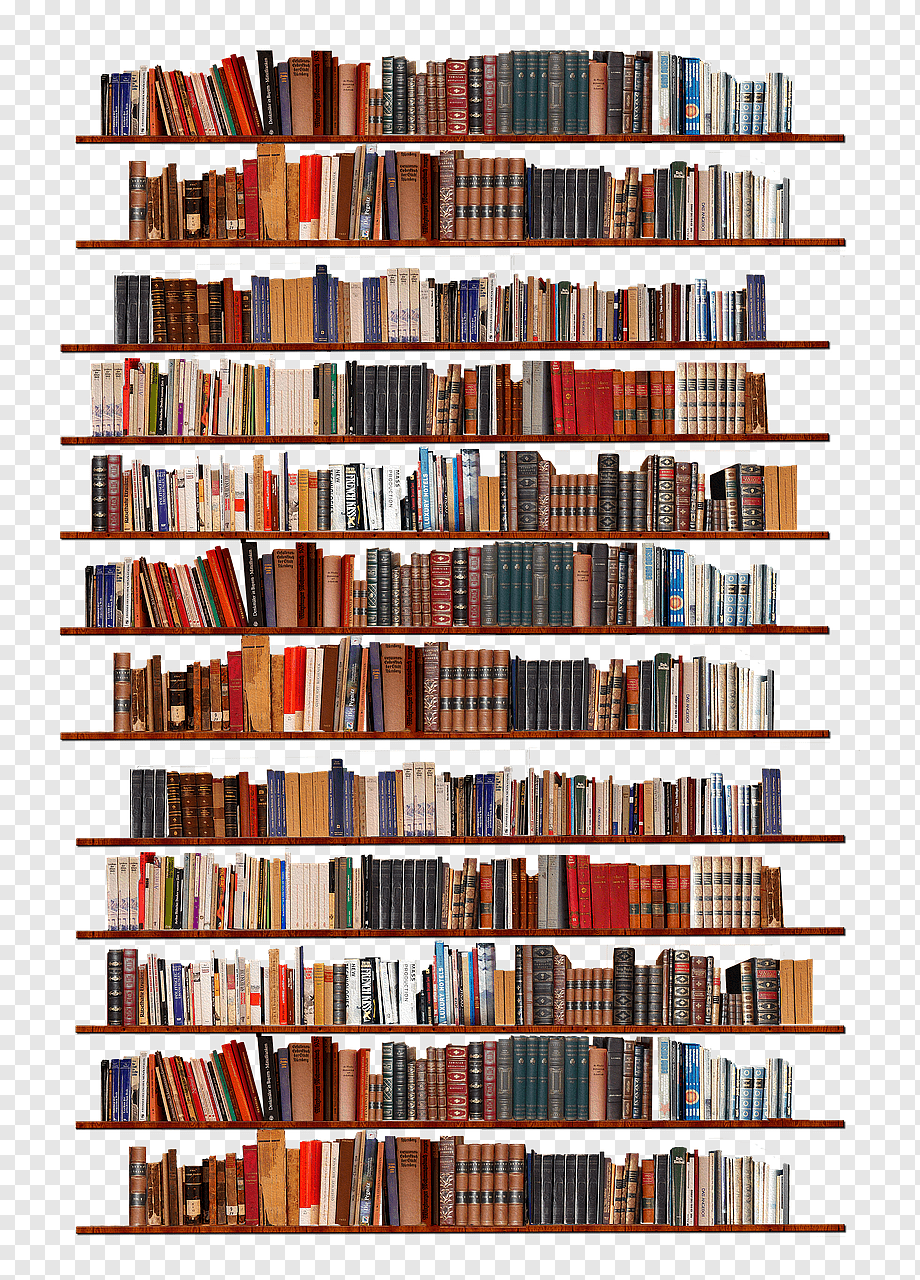
This image has format transparent PNG with resolution 920x1280.
You can download this image in best resolution from this page and use it for design and web design.
Bookshelf, bookcase PNG with transparent background you can download for free, just click on download button.
A bookcase, or bookshelf, is a piece of furniture with horizontal shelves, often in a cabinet, used to store books or other printed materials. Bookcases are used in private homes, public and university libraries, offices, schools, and bookstores. Bookcases range from small, low models the height of a table to high models reaching up to ceiling height. Shelves may be fixed or adjustable to different positions in the case. In rooms entirely devoted to the storage of books, such as libraries, they may be permanently fixed to the walls and/or floor.
A bookcase may be fitted with glass doors that can be closed to protect the books from dust or moisture. Bookcase doors are almost always glazed with glass, so as to allow the spines of the books to be read. Especially valuable rare books may be kept in locked cases with wooden or glazed doors. A small bookshelf may also stand on some other piece of furniture such as a desk or chest. Larger books are more likely to be kept in horizontal piles and very large books flat on wide shelves or on coffee tables.
In Latin and Greek the idea of bookcase is represented by Bibliotheca and Bibliothēkē (Greek: βιβλιοθήκη), derivatives of which mean library in many modern languages. A bookcase is also known as a bookshelf, a bookstand, a cupboard and a bookrack. In a library, large bookshelves are called "stacks."
Private libraries appeared during the late Roman republic: Seneca inveighed against libraries fitted out for show by illiterate owners who scarcely read their titles in the course of a lifetime, but displayed the scrolls in bookcases (armaria) of citrus wood inlaid with ivory that ran right to the ceiling: "by now, like bathrooms and hot water, a library is got up as standard equipment for a fine house" (domus).
When books were written by hand and were not produced in great quantities, they were kept in small boxes or chests which owners (usually the wealthy aristocrats or clergy) carried with them. As manuscript volumes accumulated in religious houses or in homes of the wealthy, they were stored on shelves or in cupboards. These cupboards are the predecessors of today's bookcases. Later the doors were removed, and the evolution of the bookcase proceeded. Even then, however, the volumes were not arranged in the modern fashion. They were either placed in piles upon their sides, or if upright, were ranged with their backs to the wall and their edges outwards. The band of leather, vellum or parchment which closed the book was often used for the inscription of the title, which was thus on the fore-edge instead of on the spine. Titles were also commonly written onto the fore-edge.
It was not until the invention of printing had greatly reduced the cost of books, thus allowing many more people access to owning books, that it became the practice to write the title on the spine and shelve books with the spine outwards. (This was possible because the books were now in the form of a codex rather than a scroll.) Early bookcases were usually of oak, which is still deemed by some to be the most appropriate wood for an elegant library. The oldest bookcases in England are those in the Bodleian Library at Oxford University, which were placed in position in the last year or two of the sixteenth century; in that library are the earliest extant examples of shelved galleries over the flat wall-cases. Long ranges of book-shelves are somewhat severe in appearance, and many attempts have been made by means of carved cornices and pilasters to give them a less austere appearance. These attempts were most successful as in the hands of the English cabinetmakers of the second half of the eighteenth century.
In this page you can download free PNG images: Bookshelf, bookcase PNG images free download